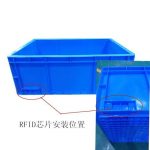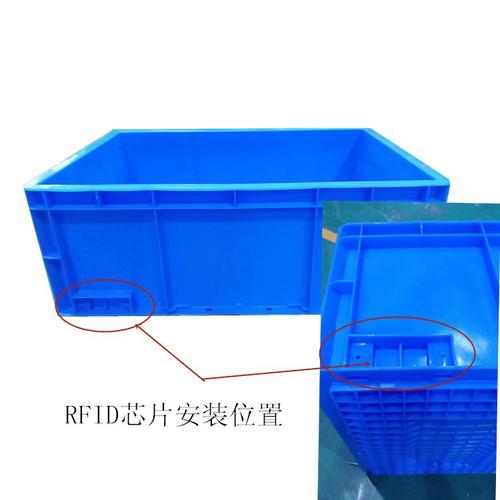
Turnover box RFID control has become a major force in warehousing logistics
[ad_1]
With the continuous expansion of the number of retail enterprises and logistics and distribution business, the use of logistics turnover boxes is also increasing. The phenomenon of turnover box loss has always existed. How to reduce the management cost of turnover box, avoid the loss of a large number of turnover boxes, and improve the efficiency of logistics operations has become a concern of the industry. Unlike traditional barcode labels, RFID has no electronic tags that can be read and written repeatedly, and the stored information can be used and modified multiple times. RFID technology simplifies complicated work processes and effectively improves the efficiency and transparency of the supply chain with the advantages of long identification distance, fast speed, resistance to damage, and large capacity.
When the amount of turnover boxes in the enterprise is large, such as large quantities of turnover boxes in and out of the warehouse, if the inventory and recording are performed manually, the workload will be very large. The enterprise has to invest higher labor costs, and at the same time, the error is also hard to prevent. However, if RFID technology is introduced to manage the in and out operations of the turnover box in an automatic reading mode, it will not only be fast, it can greatly improve efficiency, but also can save labor costs.

There are several major problems that plague enterprises in the operation of turnover box logistics:
Single product loss is high: the loss and damage of the turnover box is about 8%/month on average, and there are multiple handover operations during the circulation process, which greatly increases the possibility of loss.
Long circulation cycle: The single-box turnover process is long and the utilization rate is low. Due to multi-party cooperation, inventory is difficult. Many turnover boxes are idle after being used once, but other demanders have to re-order again, resulting in a waste of resources.
Chaotic operation process: The operation process of different enterprises is different, which increases the operation cost, especially in the inventory management of the turnover box.
Turnover Box Logistics Introduction Large manufacturing companies have higher requirements for the distribution of production materials. Taking the electronic product manufacturing industry as an example, most of the raw materials required are semi-finished products. Therefore, suppliers are often required to follow certain requirements during the procurement process. The specification ratios are delivered in complete sets through specific packaging containers (turnover boxes).
The RFID electronic label processed by the self-adhesive packaging method can be attached to the place where the surface of the turnover box is not easy to be hit, so that the RFID reader can quickly and accurately identify it. Considering that during the use of the turnover box, it may hit the RFID electronic label attached to the surface, which will cause the label to be damaged. At the same time, it is beneficial to the protection of the label against dust and water. The label can be embedded in the turnover box, or the The plasticized label is installed on the turnover box.
In actual logistics operations, it is usually necessary to quickly and accurately read a large number of turnover boxes with RFID electronic tags in a short period of time. Therefore, an array antenna group (ultra high frequency) can be used to ensure rapid and accurate reading. Accurate reading.
RFID radio frequency identification technology can quickly identify each turnover box in the entire pallet and the cargo information in the turnover box. The biggest advantage of using RFID technology to identify the turnover box is that it can read the turnover box information of a cage at a time, and Compared with scanning bar codes locally, it greatly saves time and labor costs. Each turnover box is multi-style in the operation process. RFID technology is bound to the logistics turnover box to realize cost maintenance and rapid identification, which has become a major force in the management of warehousing, transportation and logistics.
[ad_2]



